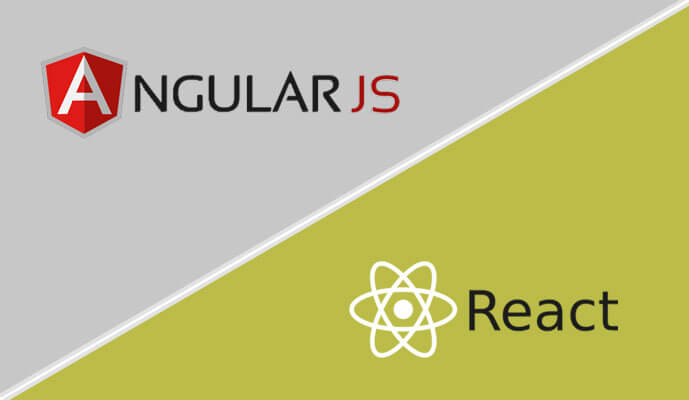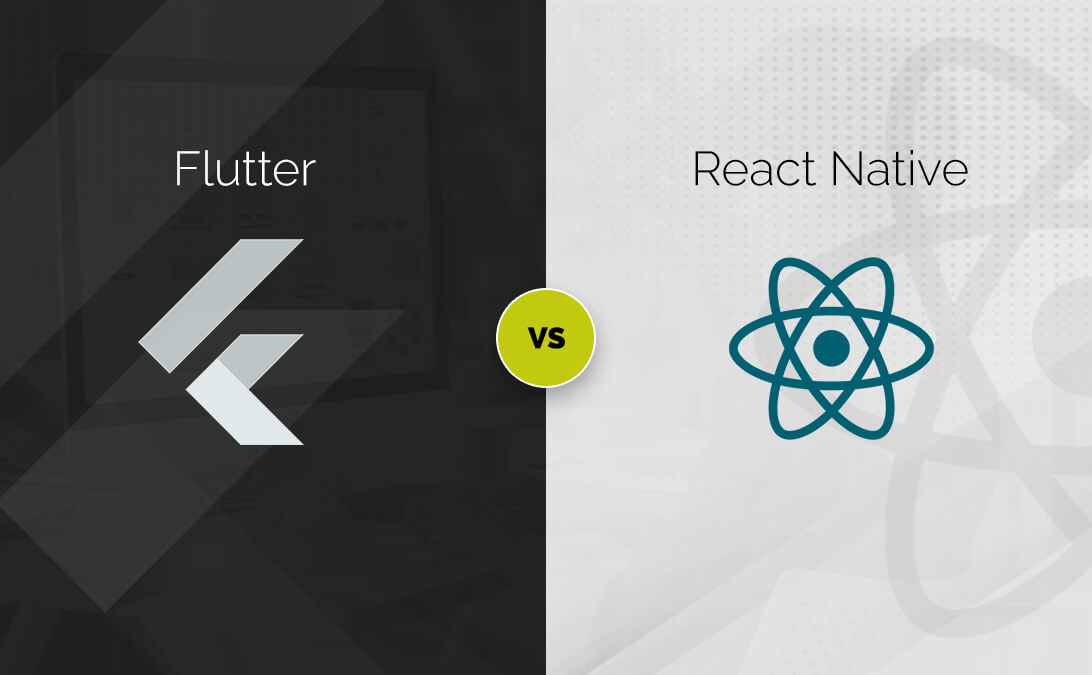
Angular Or React- Who’s The Daddy?
18 October 2016
The world of technology has had its fair share of evolution. With a constant stream of emergent technologies growing in popularity, it has seen the rise and fall of many. The most recent mammoth tussle has come between React and Angular. Both React and Angular have wide usage in the development domain, however multiple surveys show an inclination towards React and a decline in Angular’s star.
Angular, supported by Google, is an open-source JavaScript web application framework offering powerful features to support easy development, as well as testing of single-page web applications. React, on the contrary, is an open-source JavaScript library backed by a huge community of developers and corporate giants such as Facebook and Instagram. It includes features to simplify development of user-interfaces for data-driven single page web applications.
As far as development is concerned, a wide number of programmers prefer combining React and Angular to augment the application’s performance and functionality. However, there is still a need to understand the differences between both these technologies.
Angular and React- Major Differences
- Ability: Angular and React were released in 2009 and 2013 respectively. Since 2009, there has been major advancements across development with Angular receiving timely updates to keep it in tune with the latest advancements. React, on the other hand, was developed as an integral part of Facebook and has also been receiving regular updates to ensure a quick development of dynamic data-driven web applications.
- Objective: Angular was designed to assist in the development of single-page applications. The framework has been designed in such a way that it allows the programmers to easily load new content without the need to leave the web page. The objective behind React’s development was to streamline development of single-page user interface applications. It assists the programmers in the development of large applications equipped to easily access and manage dynamic data.
- Data Binding and Flow: Angular supports bilateral data-binding, helping programmers with easier customisation abilities to modify the model automatically. However, it does demand additional writing and organising of boilerplate code. React, on the other hand, applies a one-way reactive data flow, allowing easier management of Document Object Model (DOM) without the need to handle boilerplate codes. The data flow also supports the creation of an application that is equipped with the capabilities to manage a large amount of data efficiently.
- Code Packages: Most of the developers prefer to deploy and run their codes in a customised manner. The custom packaging allows them to reduce the load on the loading speed of the website by loading the bare minimum first. Angular does not have the ability to customise the code packaging, while React does not demand the packaging of application components in a specific sequence. Being a JavaScript development library, it has the ability to dynamically load various pieces of the code. It also allows the user to use other solutions, such as Webpack.
- Debugging: Angular – being an event-driven framework – allows quick and easy writing of codes. However, debugging does require some extra effort from the programmer. It demands a rewriting of the code if, somehow, the Angular directive stops working. React keeps the written codes separate from the generated codes, making the debugging task easier for the programmer. This facilitates quick detection of bugs or any issues in stack traces.
- Performance: Performance optimisation is one of the major tasks that programmers intend to deliver while developing a website. Angular demands counting of scopes by the developer to manage the performance of the application. React, however, allows the user to tune the performance of the application by building custom functions. Programmers can also create additional DOM to augment the performance of the applications having a complex model.
- Usage: Angular and React have been devised to achieve distinct tasks and objectives. Angular can be employed to enhance the quality of an application without the need to put in extra time and effort. React, on the other hand, assists in creation of applications that easily perform huge data operations or deliver dynamic content. However, programmers can combine React and Angular together to enhance the performance of web applications. This entails efficient handling of both the tools to ensure optimised performance.
Angular is a web application framework, whereas React can be employed as a JavaScript library. Check out their respective Github pages where Angular has more than 40,000 stars while React only has over 30,000 stars.
If you go by the figures, Angular is still leading the game as a reliable and modern web framework. It should be said, though, that the choice of the framework should be driven by the need of the project and the features that a project actually needs.




